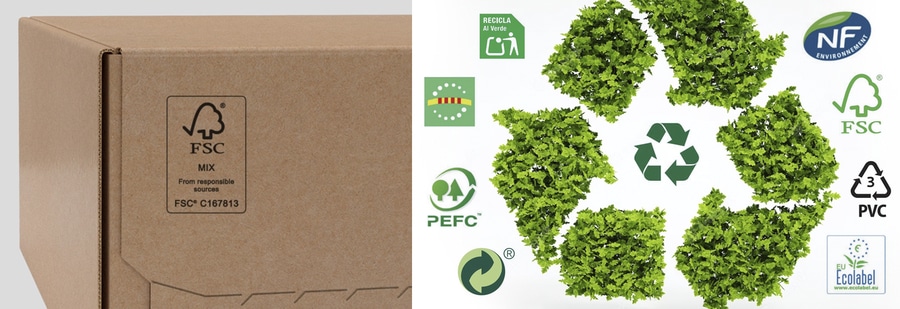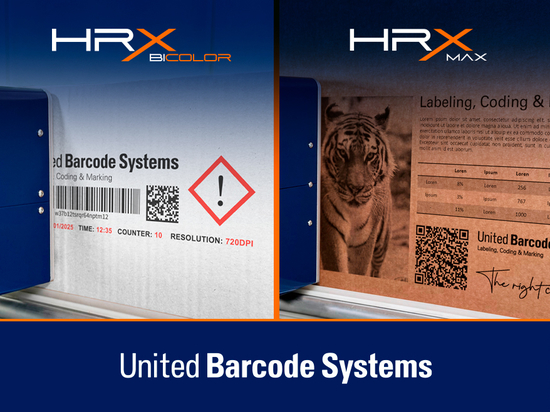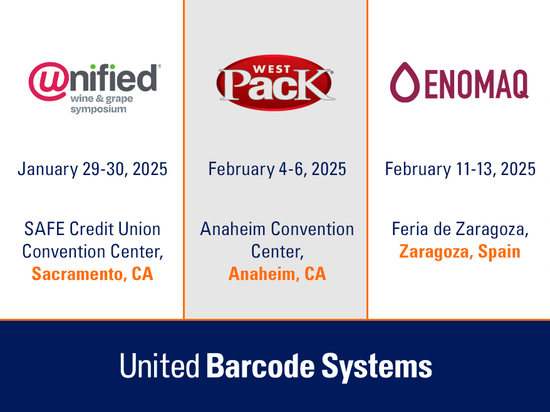
#Industry News
ECO LABELS: What are they and what questions do they raise?
At UBS we have put together a guide for anyone who has never heard of eco-labeling or eco-labels and would like to find out what is going on and why is so valuable for the consumer nowadays.
The use of eco-labeling varies by industry and consumer demand, however, companies are finding long-term advantages in terms of customer satisfaction and opening up new markets. Society and shoppers are increasingly interested in environmental information on packaging, although there is currently a saturation of labels and information, which can lead to confusion. The latest labeling and marking technologies offer more agile and simpler methods to complement the information on packaging.
What is meant by eco-labeling?
Eco-labeling for packaging is a labeling system that provides information to consumers and other businesses about the environmental characteristics of a particular product. Its purpose is to communicate clearly and concisely the environmental impact of the packaging, from its manufacture to its final disposal.
This type of labeling usually includes symbols, logos or textual information that informs about aspects such as:
- The material used.
- The percentage of recycled material.
- Carbon footprint.
- Biodegradability.
- Consumption of natural resources.
The main objective is to enable consumers to make more informed choices and to identify those products that are more environmentally friendly.
Now that we know all this, several questions arise: Are labels mandatory? How should I print an eco-label? Do they increase sales in the short term? And most importantly, what types of eco-labels are there and what do they mean? All the answers to these questions can be found in the extended article on our website. Visit it to learn more about this topic.







